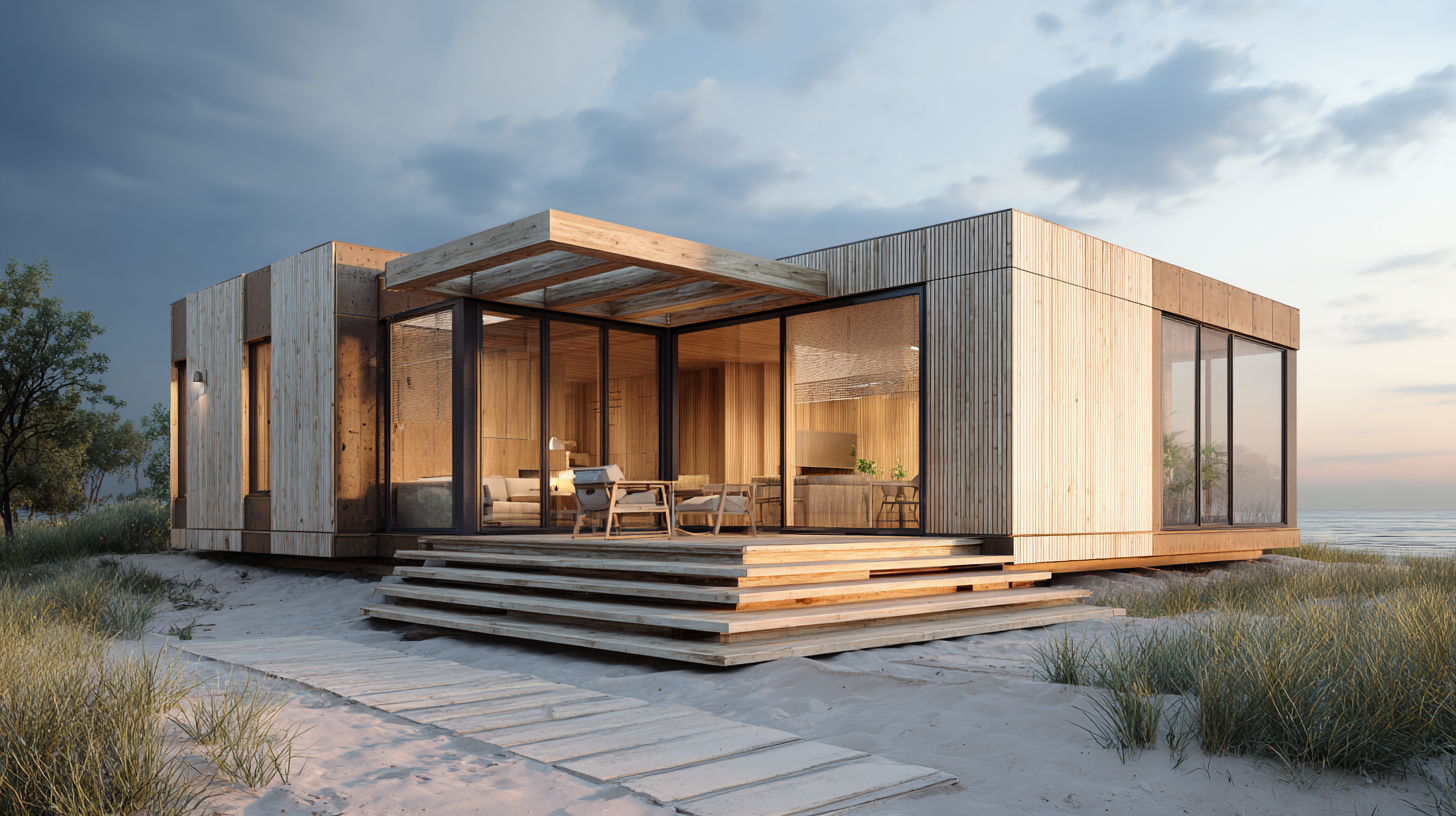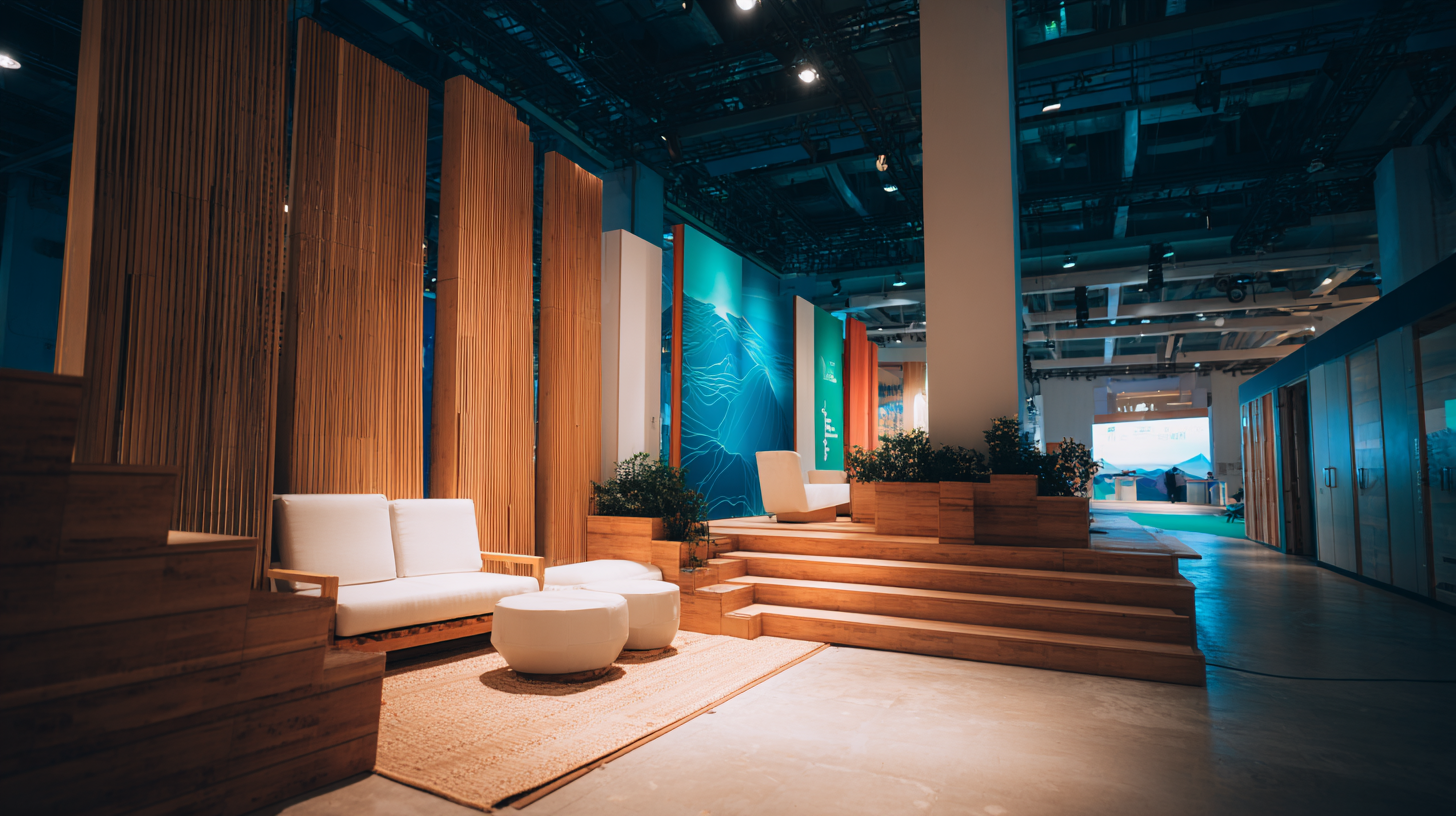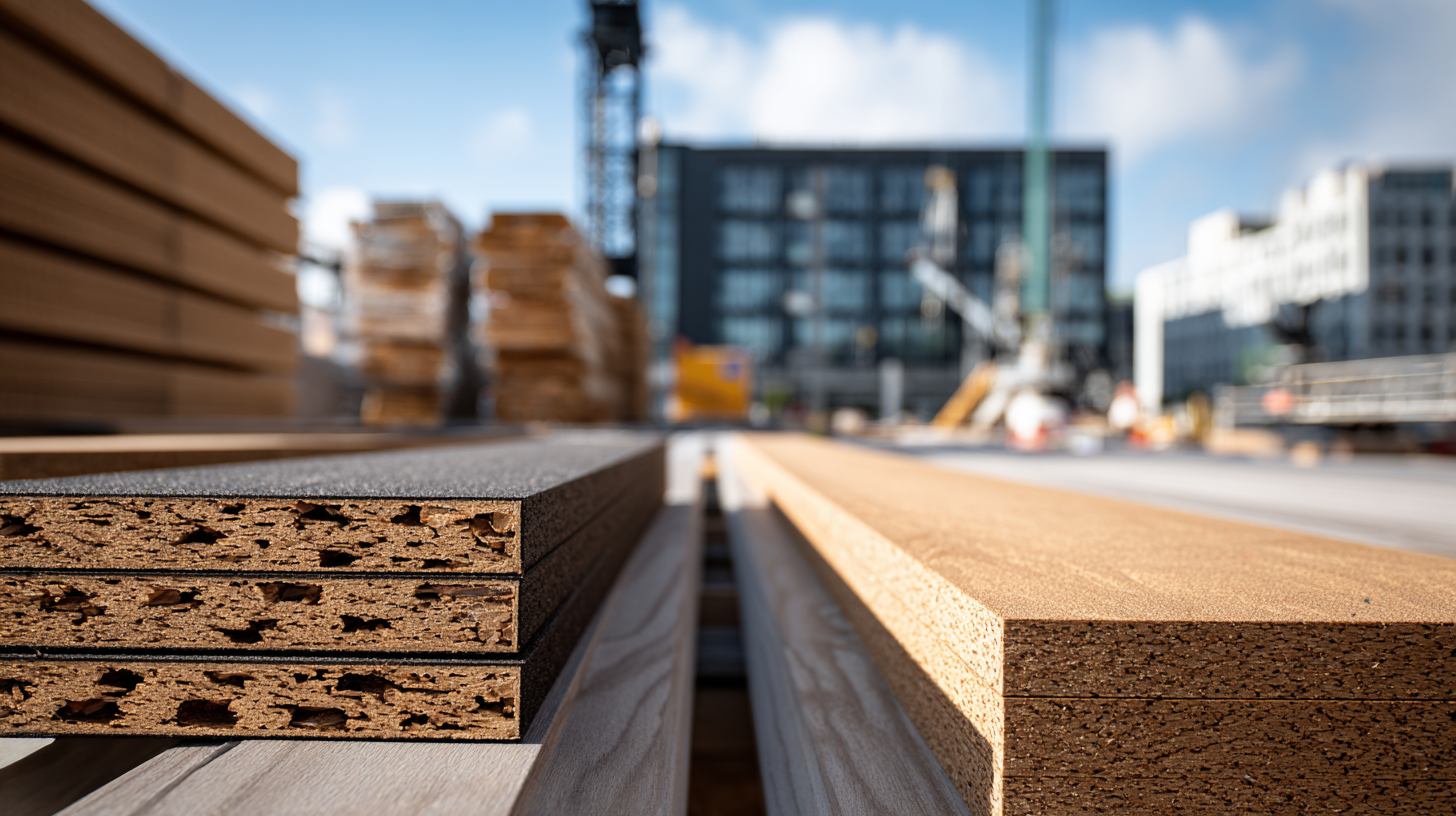Shandong Xiangying New Materials Technology Co., Ltd.
Shandong Xiangying New Materials Technology Co., Ltd.
The construction industry is undergoing a significant transformation as it embraces innovative materials to enhance sustainability and efficiency. Among these materials, WPC panels (Wood-Plastic Composites) have emerged as a leading choice for modern construction projects. According to a recent report by MarketsandMarkets, the global WPC market is projected to reach USD 10.4 billion by 2025, growing at a CAGR of 11.1% from 2020. This rapid growth underscores the increasing demand for sustainable building materials that not only reduce environmental impact but also offer durability and design versatility. However, as the popularity of WPC panels rises, so do the challenges associated with their implementation, including issues related to manufacturing processes, installation techniques, and long-term performance. Navigating these challenges is crucial for architects, builders, and developers who aim to leverage the benefits of WPC panels while ensuring the integrity and success of their projects.

WPC (Wood-Plastic Composite) panels have emerged as a significant innovation in contemporary architecture, offering a blend of aesthetic appeal and functional benefits. According to a report by Transparency Market Research, the global WPC market is projected to reach USD 9.2 billion by 2026, indicating a growing preference for these materials in the construction industry. One primary advantage of WPC panels is their durability; they are resistant to rot, moisture, and pests, making them ideal for varied climates. This durability is especially crucial in modern construction, where longevity and minimal maintenance are paramount.

Additionally, WPC panels contribute to sustainability in architecture. The use of recycled wood and plastic fibers significantly reduces the environmental impact compared to traditional materials. The Environmental Protection Agency (EPA) highlights that WPC products can reduce waste in landfills by repurposing plastic while minimizing the need for virgin wood resources. This not only helps in conserving forests but also aligns with the industry's shift towards eco-friendly construction practices. As architects and builders seek materials that enhance both function and sustainability, WPC panels are increasingly becoming a preferred choice in modern design.
The drywall panel market is experiencing notable growth, driven by the increasing demand for lightweight, durable, and versatile construction materials. Various types of drywall panels are gaining traction, including standard, moisture-resistant, mold-resistant, and fire-rated options. According to industry reports, the global drywall market is projected to reach approximately $70 billion by 2025, growing at a CAGR of around 5% from 2020. This growth is fueled primarily by the robust demand in residential and commercial construction sectors, where the need for efficient and sustainable building materials is paramount.
When selecting WPC (Wood Plastic Composite) panels for construction projects, several key factors must be considered to ensure optimal performance and longevity. The compatibility of panel types with different applications, such as moisture resistance for bathrooms or fire-rated solutions for commercial properties, is crucial. For instance, moisture-resistant panels have become popular in regions with high humidity levels, while fire-rated panels are essential for compliance with stringent safety regulations. Adapting to these specific requirements not only enhances the resilience of construction projects but also contributes to the overall economic performance of the buildings in the long run.
This is an example of text layout with an image that demonstrates the various types of drywall panels available in the market today. With options like moisture-resistant and fire-rated panels, the choices are extensive based on project requirements. Proper selection of these materials can significantly influence the outcome of construction projects.
When it comes to modern construction, selecting the right materials is crucial for both durability and efficiency. In recent years, Wood Plastic Composite (WPC) panels have emerged as a popular alternative to traditional materials like wood, metal, and concrete. One of the key advantages of WPC panels is their resistance to moisture and pests, making them an ideal choice for applications that are exposed to the elements. Unlike wood, which can warp or decay, WPC panels maintain their structural integrity over time, reducing maintenance costs and enhancing longevity.
Another significant factor in favor of WPC panels is their eco-friendly nature. Traditional materials, particularly those derived from timber, often contribute to deforestation and environmental degradation. In contrast, WPC panels are made from recycled wood fibers and plastic, which not only helps in minimizing waste but also promotes sustainability in construction practices. Furthermore, WPC panels can be manufactured in a variety of finishes and colors, offering greater design flexibility while still achieving the aesthetic appeal that many homeowners and builders desire. This combination of durability, environmental responsibility, and aesthetic versatility makes WPC panels a compelling choice in the evolving landscape of modern construction.

The use of Wood Plastic Composites (WPC) panels in modern construction has emerged as a promising solution to address sustainability and environmental concerns. WPC panels, which blend natural fibers with recycled thermoplastics, offer an eco-friendly alternative to traditional construction materials. A comprehensive review highlights that natural fiber composites not only reduce the reliance on non-renewable resources but also help lower carbon footprints, as they utilize renewable materials like jute, hemp, and flax. Studies indicate that incorporating WPC panels can cut CO2 emissions by up to 30%, significantly contributing to the construction industry's sustainability goals.
Furthermore, energy consumption and indoor environmental quality are critical factors in assessing the benefits of WPC panels. For example, a study of the cooperative housing La Borda in Barcelona found that structures built with WPC panels offered improved energy efficiency, reducing energy demand in Mediterranean climates. This aligns with current trends towards nearly Zero Energy Buildings (nZEB), where materials like WPC can enhance thermal insulation properties and indoor air quality, promoting healthier living environments. Such innovations not only foster efficient building practices but also pave the way for a greener future in construction.
In modern construction, the choice of materials is pivotal, particularly when comparing the cost and benefits of various options like WPC (Wood Plastic Composite) panels. With the composite decking market projected to grow from USD 4.46 billion in 2024 to USD 14.73 billion by 2032 at a compound annual growth rate (CAGR) of 16.1%, the popularity of WPC panels in both residential and commercial spaces is undeniable. These panels not only provide aesthetic appeal but also offer durability and resistance to environmental factors, making them an excellent choice for diverse building projects.
When evaluating the cost-benefit of WPC panels, it's essential to consider not just initial investment but also long-term savings. For instance, their low maintenance needs and longevity can lead to significant cost reductions over time. A recent study on energy efficiency in building design highlights the importance of incorporating materials that improve insulation, further enhancing the operational efficiency of a property.
**Tips:**
1. Before purchasing WPC panels, assess local climate conditions to ensure durability and performance match your expectations.
2. Compare the long-term costs of maintenance and energy savings against initial expenditures to determine the true value of WPC panels in your construction project.
3. Stay informed about industry trends and advancements in materials technology to make educated choices that benefit both your budget and environmental impact.
| Dimension | Residential Spaces | Commercial Spaces | Cost per Square Foot ($) | Lifespan (Years) | Maintenance Frequency (Years) | Environmental Impact (Rating 1-10) |
|---|---|---|---|---|---|---|
| Durability | High | Medium | 5.00 | 25 | 5 | 8 |
| Aesthetic Appeal | High | High | 5.50 | 20 | 4 | 7 |
| Thermal Insulation | Excellent | Good | 4.00 | 25 | 6 | 9 |
| Sound Insulation | Good | Excellent | 4.50 | 20 | 5 | 8 |
| Cost-Efficiency | Moderate | High | 3.50 | 30 | 7 | 6 |
